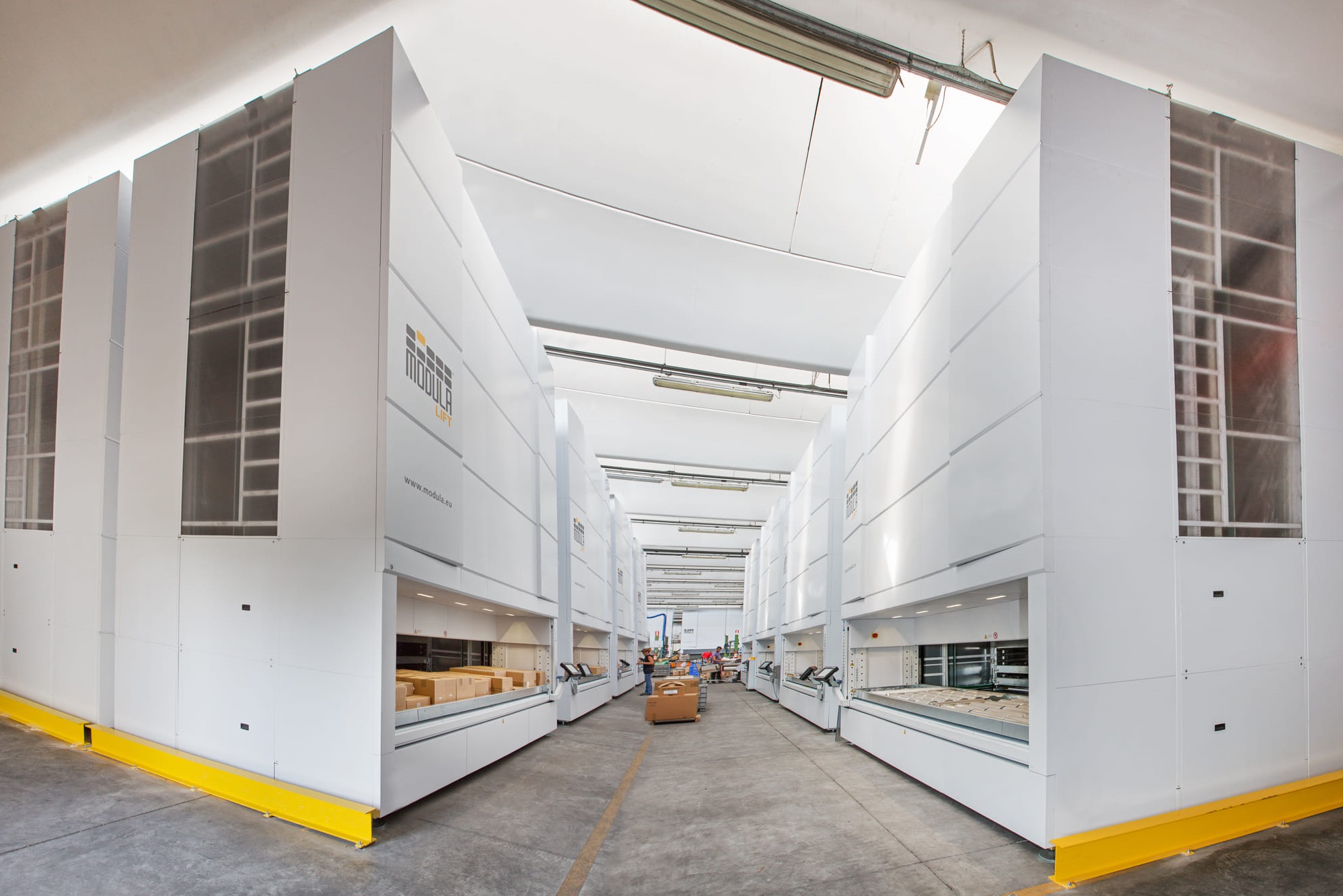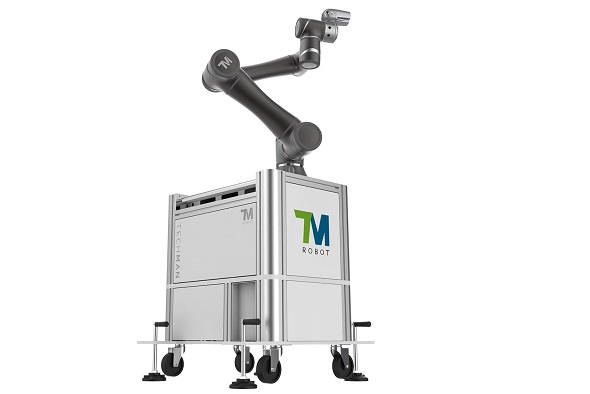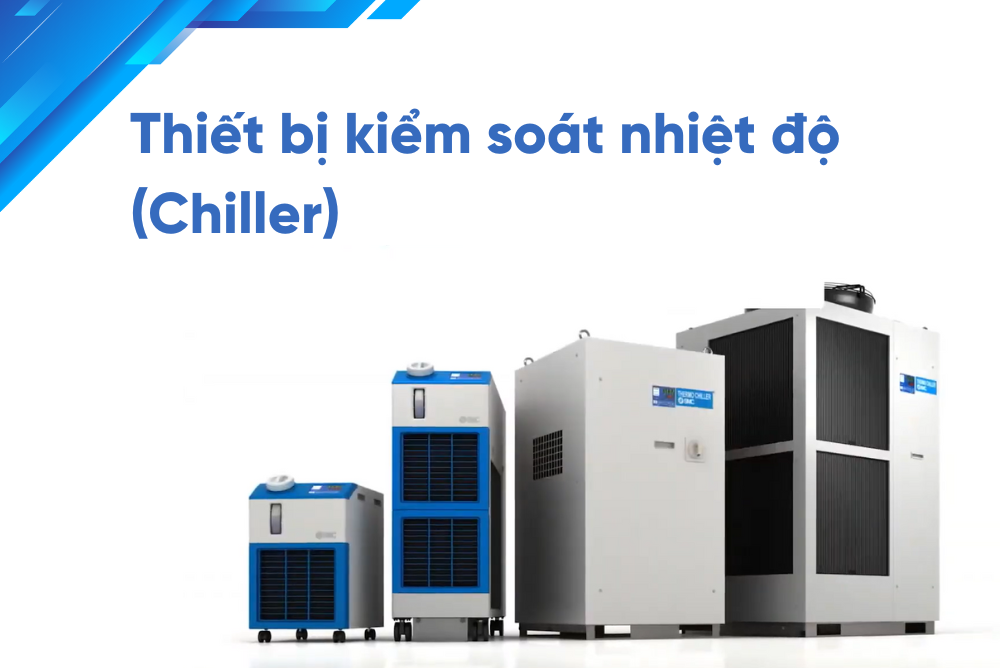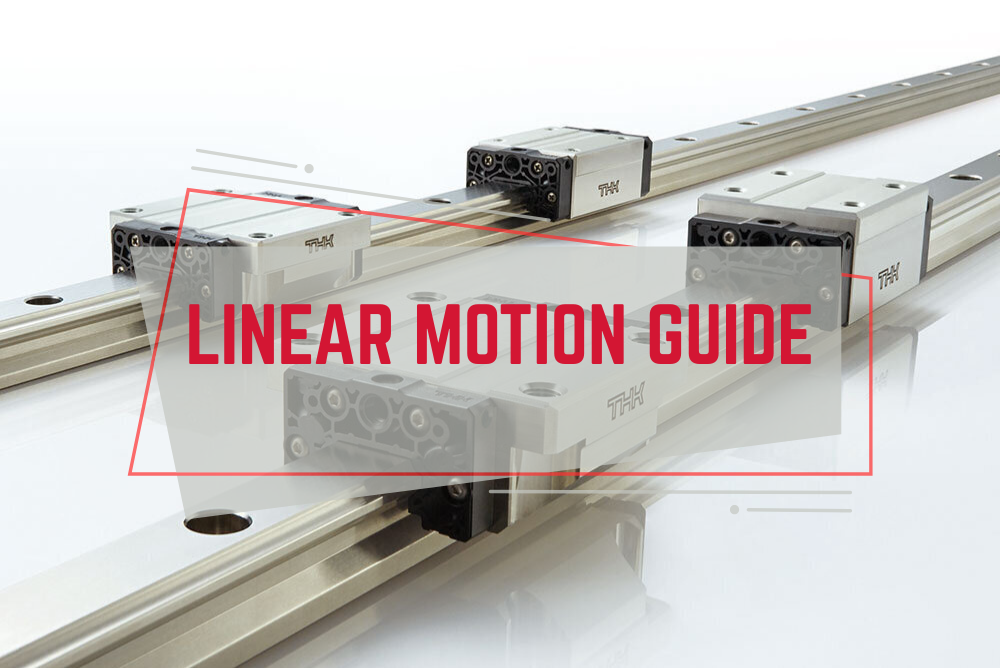 Contents
Contents
Laser engraving machines are now widely used across various industries for applications such as product identification, traceability, personalization (jewelry, gifts, cosmetics, wine bottles, etc.), and signage engraving. The engraved marks are highly durable over time and resistant to harsh environments, making them ideal for heavy industry as well as sectors like automotive manufacturing and medical equipment production.
If you are considering integrating a laser engraving solution into your production line, it’s essential to understand how a laser engraving machine operates. This knowledge will help you select the most suitable equipment for your specific requirements.
Common Types of Laser Engraving Machines
A laser engraving machine performs the process of etching designs, text, numbers, or 1D/2D codes onto materials using a laser beam. It creates precise cuts and engravings on a variety of materials such as metal, wood, and glass. The most critical components of a laser engraving system are the laser source and lens, which generate and focus the laser beam powerful enough to mark the material surface.
Today’s market offers several types of laser engraving machines, each suitable for different applications. Below are the most common ones:
- Fiber laser markers:
Fiber laser engraving machines are among the most versatile systems, capable of handling a wide range of applications—from automotive manufacturing to security and medical sectors. They are mainly used for marking metals and plastics. These machines offer long service life and require no consumables during operation.
- CO₂ laser markers:
Ideal for high-throughput production lines and packaging label engraving. CO₂ laser machines operate at high speed and do not require consumables. In automated production environments, certain models - such as CO₂ Laser Marking Machine Gravotech - can achieve scanning speeds up to 10,000 mm/s.
- Green laser marker:
Also known as “cold lasers,” green lasers perform engraving without generating heat that could damage sensitive or fragile materials. This type is suitable for marking precious metals such as gold, copper, and silver, as well as electronic components, magnetic cards, PCB boards, computer chips, and foil films.
- Vanadate laser markers:
Vanadate lasers are well-suited for engraving heat-sensitive materials such as foil, plastics, silicone, and metals. They are ideal for applications that require high stability and consistency. However, for industrial marking-especially on metals in automotive, toolmaking, and supporting industries-fiber lasers typically offer greater advantages.
- UV laser markers:
UV laser engraving machines can mark a wide variety of materials, particularly in applications that require minimal heat impact. They can engrave plastics and glass while minimizing the risk of microcracks. The UV beam enables ultra-fine engraving with exceptional precision and sharp definition.
- Dual-head laser system:
These systems allow two laser heads to be controlled by a single controller, effectively doubling processing capacity for repetitive applications, improving productivity, and saving installation space.
How Laser Engraving Technology Works
Laser engraving operates by focusing intense heat energy—or inducing photochemical reactions—onto a material surface to create patterns. Depending on the laser type and material properties, engraving can occur through different mechanisms such as material removal, color change, carbonization, surface foaming, or photochemical reaction.
Laser engraving machines can be programmed to create various designs such as text, serial numbers, or logos. The resulting engravings are highly durable and resistant to fading, even under harsh conditions.
The technology relies on advancements in laser science. The term “Laser” stands for Light Amplification by Stimulated Emission of Radiation. The machine focuses the laser beam to a level of energy sufficient to engrave the surface of a material.
For precise laser engraving performance, three factors must be ensured:
- Wavelength: The wavelength must match the material’s absorption spectrum — for example, CO₂ lasers for non-metals; fiber, green, or UV lasers for metals and plastics.
- Concentration: The laser beam must be concentrated into a very small spot to increase energy density.
- Energy: The beam must reach sufficient energy to transform the surface material from solid to gas—a process known as sublimation, which requires extremely high temperatures, especially for hard materials like metals.
- Direction: The movement of the laser beam must be precisely controlled to ensure engraving accuracy.
Materials Suitable for Laser Engraving
Laser engraving technology can be applied to a wide range of materials, such as:
1. Metal
Metals are the most common materials used in laser engraving thanks to their versatility. Suitable metals include:
- Gold
- Titanium
- Copper
- Brass
- Stainless steel
- Steel
- Aluminum
- Iron
- Silver
- Other metal types
2. Wood
Wood responds very well to laser engraving and can produce sharp, detailed results. This technique is suitable for many types of wood, including:
- Natural wood
- Cork
- Veneer
- Solid wood
- plywood
- Chipboard
- HDF – High-density fiberboard
- MDF – Medium-density fiberboard
- Multiplex
3. Paper
Laser engraving can create delicate and elegant marks on various types of paper for many purposes. This method is particularly effective for name cards or decorative paper products. Compatible paper types include: Cardboard, art paper, premium paper.
4. Leather
Leather responds extremely well to laser engraving, making it ideal for creating logos, brand names, and decorative inscriptions on belts, shoes, bags, leather jackets, wallets, and other leather goods. Laser engraving is suitable for multiple leather types, including:
- Suede
- Natural leather
- Synthetic leather
- Bonded leather
- Nubuck
- Alcantara
- Napped leather
- Full-grain leather
5. Plastic
With the diversity of laser technologies available today, laser engraving on plastics has become increasingly common. Some compatible plastic materials include:
- Polyethylene
- Silicone
- Vinyl
- Acrylic
- Polycarbonate
- Polyester
6. Glass
Laser engraving on glass is suitable for products such as mirrors, glass doors, wine glasses, champagne flutes, crystal items, and bottles. When using a rotary attachment, the engraving process becomes easier and more precise. The resulting engravings create a unique aesthetic, ideal for gifts and special occasions.
7. Stone
Laser engraving technology is also widely used in industries that work with stone materials. Ceramics, tiles, porcelain, marble, granite, and natural stone can all be engraved. With proper settings, users can create engraved recesses, raised textures, or laser ablation to remove unwanted surface material, as well as add logos or detailed images on stone products.
Applications of Laser Engraving Machines
Laser engraving machines are used across a wide range of applications and materials in manufacturing:
Aluminum: Commonly used in the automotive and defense industries to mark components that require long-term identification. Suitable laser types include fiber, UV, or vanadate lasers.
Stainless Steel: All grades of stainless steel can be engraved. Laser engraving can alter the surface color without affecting the metal’s internal structure.
Titanium: Frequently used in aerospace and defense applications because of its light weight and high strength. Most laser types can engrave titanium effectively.
Glass: A delicate material that requires the use of CO₂ or UV laser engravers to avoid cracking or surface damage.
Wood: Only CO₂ lasers are recommended for engraving wood safely and achieving high-quality results. Using fiber lasers can cause burning or inconsistent markings.
Plastics: For materials such as acrylic or PVC, CO₂ and UV lasers are ideal for engraving without scratching the surface.
How Long Does a Laser Engraving Cycle Take?
The engraving time depends on the material type, engraving area, and complexity of the design. Harder materials or intricate patterns generally take longer. Some detailed engravings can take several minutes depending on the design, material, and laser power.
Using a higher-power laser can shorten engraving time. In manufacturing environments, when the laser engraving machine is integrated into a production line, productivity significantly increases compared to switching between multiple designs or setups for different projects.
For instance, Gravotech laser engraving machines can be tailored to specific application requirements. They feature compact, integrated designs, optimized 3D lenses for faster engraving, and high laser power with minimal positional deviation, ensuring both precision and performance.
Does Laser Engraving Fade Over Time?
Laser engravings do not fade easily, as the marks are physically etched onto the surface of the product. Other marking methods, such as printed labels, can become illegible over time, and their consumable costs (ink, paper, etc.) tend to increase.
In contrast, laser engraving offers permanent traceability and eliminates consumable expenses. Transitioning from printing or inkjet labeling to laser engraving ensures that product identification marks, QR codes, and other identifiers remain permanently visible and easy to read.
Because laser engravings are deeply bonded to the surface, removing them is extremely difficult, even through sanding or burning. This durability makes laser engraving highly suitable for anti-counterfeiting applications. Therefore, it’s important to carefully plan the engraving position and size to avoid material waste or defective parts, as once engraved, the mark cannot be erased or modified.
How to Choose the Right Laser Engraving Machine
Below are the key factors you should consider when selecting a laser engraving machine that best fits your application:
1. Material to be Engraved
This is the most important factor, as the type of material determines which laser source is suitable.
|
Material Type |
Recommended Laser Source |
Reason |
|
Metal (stainless steel, steel, aluminum, titanium, copper, gold, silver) |
Fiber laser, Green laser |
Fiber is effective for most metals; Green is suitable for highly reflective metals (gold, copper, silver) |
|
Engineering plastics (ABS, PC, PA, POM, PE, PP, PVC) |
UV laser, Green laser |
These lasers generate less heat, preventing material melting |
|
Wood, leather, paper, glass, ceramics, organic materials |
CO₂ laser |
Wavelength is well absorbed by non-metallic materials |
|
Glass, silicon wafer, electronic chips, PCB |
UV laser |
Fine engraving with no micro-cracks |
2. Other Engraving Applications
Different marking requirements call for different laser mechanisms. Below are common applications and suitable laser types:
|
Engraving Requirement |
Suitable Engraving Mechanism |
Recommended Laser Source |
|
Logo, 1D/2D/QR code engraving |
High contrast, shallow engraving |
Fiber / UV laser |
|
Deep engraving |
Material removal at high depth, requires high energy |
Fiber / CO₂ high-power laser |
|
Annealing |
Low temperature, precise pulse control |
|
|
Plastic and electronic component marking |
Cold marking, no deformation/damage |
UV / Green laser |
|
Glass, sapphire, silicon marking |
Low-temperature ablation, short wavelength |
UV laser |
|
High-speed production line marking |
Fast marking speed |
Fiber / CO₂ / MOPA laser |
3. Power and Pulse Width
Choosing the right power and pulse width can greatly improve your engraving efficiency:
- Average Power: Determines engraving speed.
- Peak Power: Affects the ablation capability. Metals often require higher peak power, while materials like leather or wood do not.
- Pulse Duration:
Nanosecond (ns): Most common, cost-effective, suitable for general engraving.
Picosecond (ps): Smaller heat-affected zone (HAZ), high precision.
Femtosecond (fs): True “cold laser”, no HAZ, ideal for ultra-sensitive materials.
Most industrial laser sources have fixed pulse durations, except for adjustable-pulse models such as Fiber MOPA, Green, or UV lasers.
4. Engraving Area
The engraving area is determined by the F-Theta lens. For example, an F100 lens offers a marking field of 65 × 65 mm, while an F254 lens provides 175 × 175 mm. A larger field means a bigger laser spot and reduced sharpness, so select based on your product size and precision requirements—avoid choosing an unnecessarily large field.
5. Accuracy and Speed
Engraving accuracy depends on the galvanometer, pulse-to-speed synchronization software, and F-Theta calibration. Speed varies by laser type and model.
Select a high-speed machine for continuous, high-volume production, or prioritize high accuracy for delicate and small components sensitive to thermal effects.
6. Software and Communication
The engraving software should support key design and marking functions such as importing DXF, PLT, AI, BMP, QR, or DataMatrix files, and allow adjustment of parameters like pulse frequency, hatch, overlap, number of passes, and defocus.
The machine should also support industrial communication protocols such as EtherNet/IP, Profinet, RS232, or Modbus for integration with PLCs or robots.
7. Auxiliary Systems
Common auxiliary systems for laser engravers include:
- Assist gas system (Air/N₂/O₂): Cleans the marking area, reduces burn marks, and improves engraving quality.
- Cooling system (water/air cooling): Maintains stable operating temperature, ensuring longer laser source lifespan.
- Dust/fume extractor: Removes debris and fumes, protecting lenses and optical components.
- Vision system: Supports positioning, OK/NG mark inspection, and alignment verification.
8. Investment Cost, Operating Efficiency & Maintenance
Fiber lasers have higher upfront costs but offer lower operating expenses (no consumables) and are almost maintenance-free. CO₂ lasers are more affordable but have a shorter lifespan and require regular tube replacement. UV and Green lasers are mid-range in both lifespan and cost, ideal for applications that require specific material compatibility.
Before purchasing, carefully consider all factors such as material type, engraving application, power, pulse width, and support systems. Over- or under-specifying a laser can lead to wasted investment.
For safety and efficiency, it’s best to consult an experienced technical team to help select the optimal machine for your production needs.
Investing in a laser engraving machine is not just about marking products - it directly affects traceability quality, productivity optimization, and long-term operating cost reduction. A clear understanding of materials, applications, and technical parameters will help businesses choose a system that fits their needs and avoid unnecessary equipment replacement in the future.
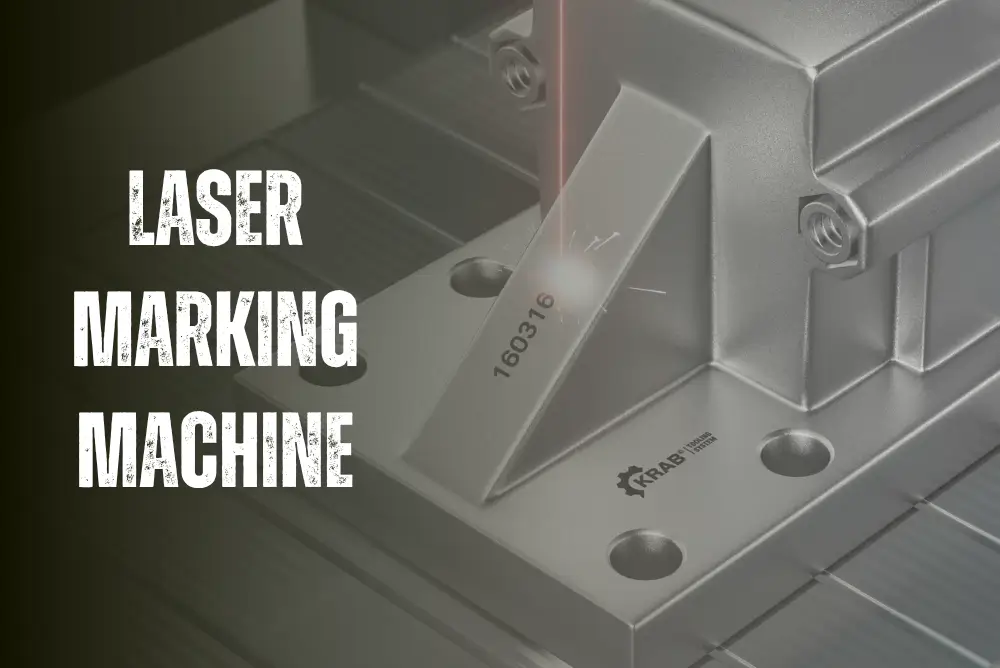
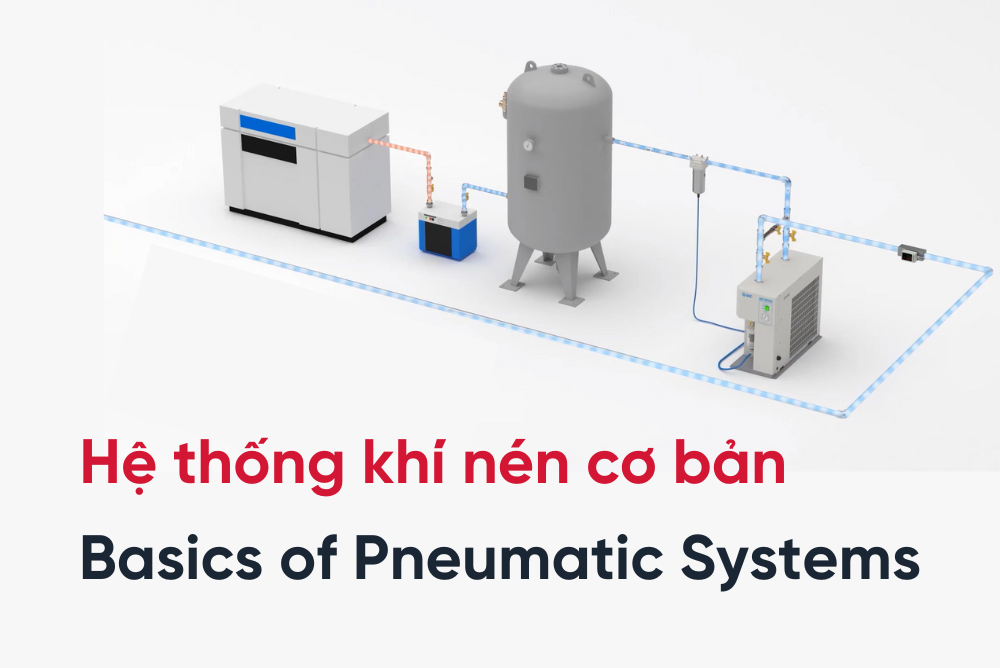
 Read more
Read more
